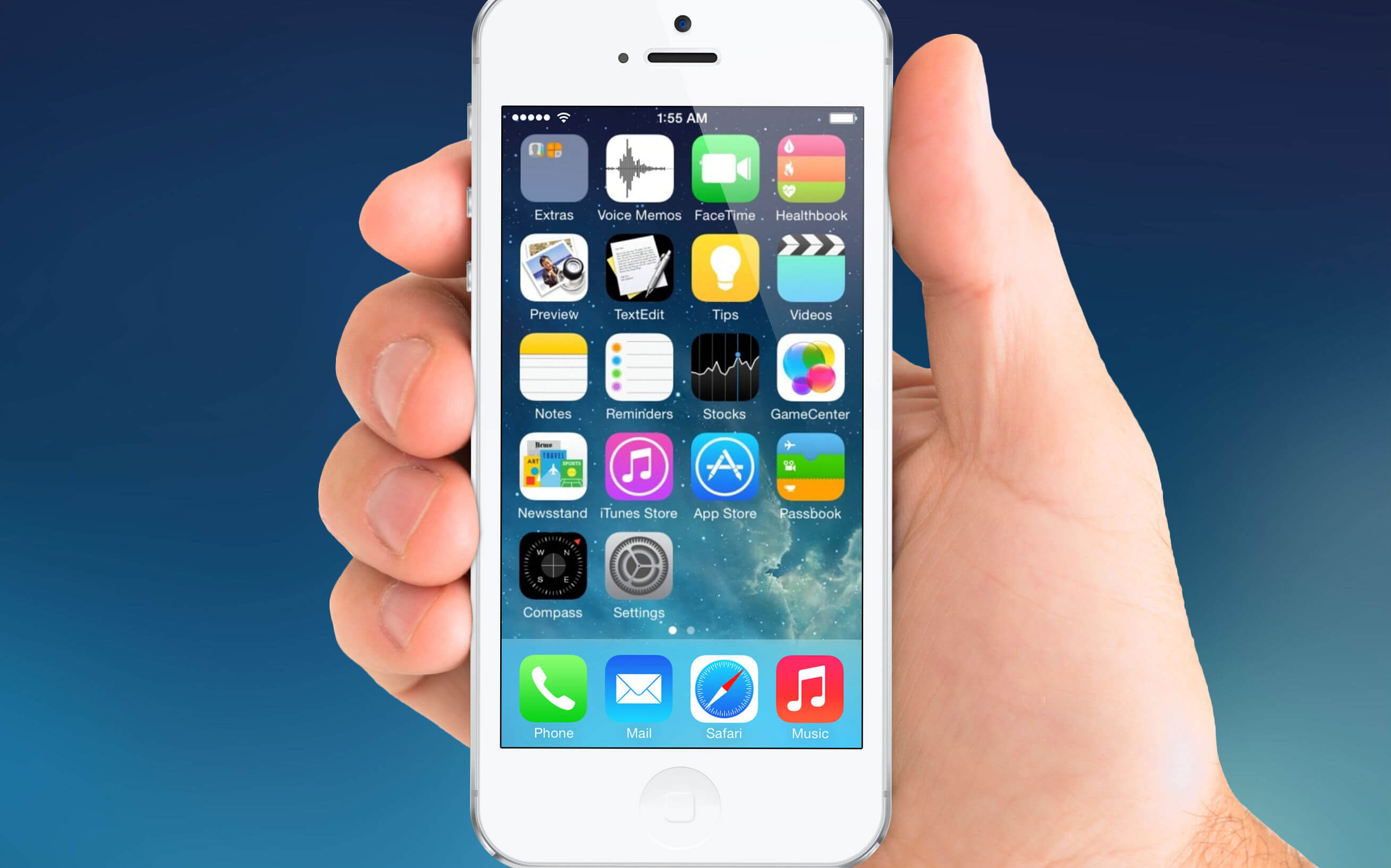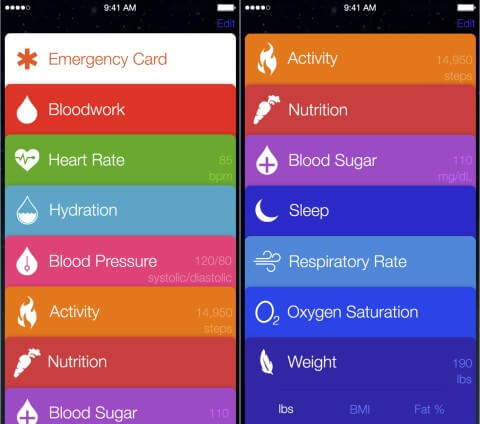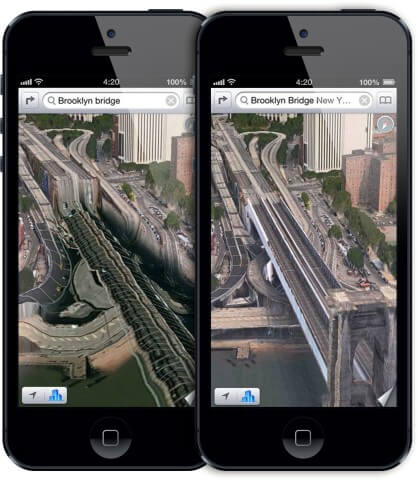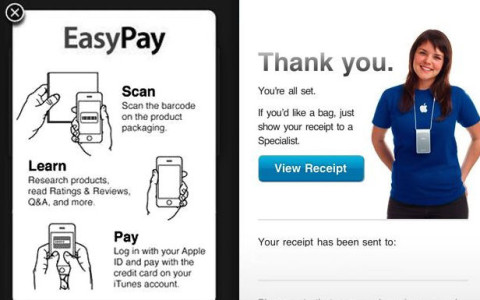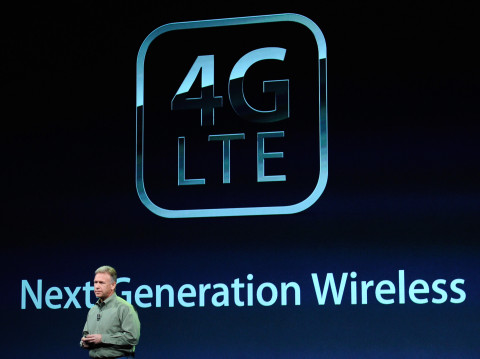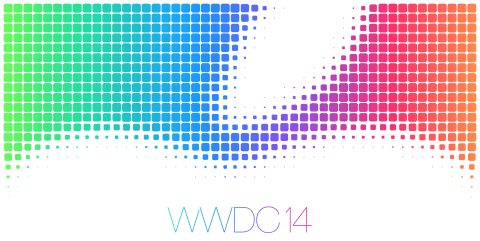Everything we think we know about the next installment of Apple’s mobile operating system
With iOS 7, Apple completely ripped out the upholstery and replaced it with a new minimal, sleek design that went against everything that had come before. Gone were the real-life textures and thick buttons; now thin text and colorful icons would become the order of the day. But with Apple expected to announce the next full update at its Worldwide Developer’s Conference (WWDC) in June, rumors are running wild. What could possibly come next? We’ve sifted through all the information and we think we’ve got a pretty good idea of what the designers and engineers at One Infinite Loop are cooking up.
Design
Don’t expect to see much of a change in the design of iOS 8. Having gone through a massive redesign for iOS 7, followed by small refinements for iOS 7.1, iOS 8 will likely just feature a sanding off of the remaining rough edges with more time spent on apps they maybe didn’t get time to consider before.
Apps such as Voice Memos and Calendar didn’t receive as much love in last year’s update, and in the latter’s case, some wondered whether they were better off in iOS 6. But with another 12 months without a hefty design overhaul to contend with, we could be about to see some serious attention paid to Apple’s long-standing, but not forgotten apps.
Healthbook
It could also lead to some major innovation and brand new apps, and the one on everyone’s mind is of course, ‘Healthbook’. It’s expected that this app would store all your important details such as height, weight, blood pressure, and more. According to 9to5Mac, it will feature an interface that is similar to the Passbook app that is currently on most iPhones.
Healthbook would also feature an ‘Emergency Details’ card that would store blood type, allergies, and donor status. This could be of huge assistance to medical crews if the user found themselves in a serious accident. Though how they’d access the information is uncertain – it could potentially be accessible from the Lock screen, but this could also lead to privacy concerns.
Moving into tracking health also seems to fit with Apple’s other ambitions in wearable tech, potentially an ‘iWatch’. The device could track many vital statistics and communicate with the ‘Healthbook’ app. Recent hires by Apple from the medical sector seem to hint at this functionality being included in a future product soon. 
Improved Maps
A controversial feature of iOS 6 was the switch from Google Maps to Apple’s own mapping data in the form of a native app. Some wondered whether Apple were ready for the move as the lack of transit directions and some questionable location data didn’t entice iPhone users to start using Maps, and many remained with Google, downloading their maps via the App Store instead.
However, Apple has since made some key acquisitions in this space, including transit app Embark and BroadMap, which has expertise in managing, sorting, and analyzing mapping data, which should help collate the billions of possible data points needed for a comprehensive world map.
The purchase of WiFiSLAM will also help with accurate location data even when indoors, and possibly even without a cellular signal. This could be used to give directions to places indside, such as the Apple Store in the local mall or to find your seat in a giant arena, which incidentally, is something Apple has patented according to TechCrunch. The patent covers finding locations with devices not via GPS, but based on where other devices are in relation to a Wi-Fi access point. It will judge your location based on signal strength, architectural information, or triangulation with other access nodes. The technology could certainly make it into iOS 8.
Mobile Payments
The Holy Grail of wallet haters everywhere. The Wall Street Journal believes that Apple is laying the ‘groundwork’ of a payment system that leverages all the credit cards that Apple has stored. The report claims that Eddy Cue, Apple’s senior vice president in charge of Internet Software and Services, has met with other companies with discussions centering on handling payments in retail stores.
Apple currently lets users pay for smaller items in its retail locations using the Apple Store app and we can imagine partnerships developing with other retailers to offer similar functionality. If it drives more users to a store owners will likely be happy for Apple to take a small cut as the processor of the fee. The service could also integrate with iBeacons and Touch ID to ensure that the correct user is charged and no erroneous purchases are made. Though, it’ll likely take some time to go mainstream.
Samsung has made some moves into mobile payments by partnering with PayPal and including the software in their latest flagship smartphone model, the Galaxy S5. Therefore, we’d expect to see something similar in iOS 8.
iTunes Radio
One of the major features announced alongside iOS 7 was iTunes Radio. However, it has supposedly not caught on as much as Apple executives had hoped. According to Billboard, the lack of subscribers and sales from iTunes Radio has lit a ‘fire under Apple.’ One possibility is that Apple will break iTunes Radio out into its own app, similar to how it took Podcasts out of the Music app. Originally critics believed this would make Podcasts less visible but by being offered as a free download when you first open the App Store on new devices, it has been kept in the public eye.
Apart from separating iTunes Radio into a new app it may also launch in new territories. Currently the service is only available in the USA and Australia, with the rest-of-the-world still eagerly awaiting. Bloomberg has previously reported that Canada and the UK were to be added to the roster at the beginning of 2014 but this has yet to materialize. Adding new countries would certainly help the service by giving it global presence. 
Song ID
Overhearing a song on the radio or in a store and wanting to know the name is a common problem. The popular app Shazam has taken away this pain thanks to its technology, which allows the app to listen and identify songs from a huge database. Again, Bloomberg has reported on this and has highlighted the possibility that Apple may integrate similar functionality into Siri and offer a link to buy the song along with the result. As Siri already uses the microphone this seems like a logical extension of the service.
TextEdit and Preview
These two apps have long been present on the Mac and could now be making their way to iOS. However, according to MacRumors, they would not be able to edit files but would be used to view compatible text, PDF, or image files that are stored in iCloud. Transferring these apps over to the iPhone and iPad would help Apple in the enterprise space and combat the recent launch of Microsoft Office on the iPad. With decent iCloud support built-in, they could become the easiest way to share documents between your Mac and portable devices.
Voice over LTE
It’s also possible that we’ll see voice calls over the 4G network. 9to5Mac believes that Voice over LTE (VoLTE) support will be included in iOS 8. Currently voice calls drop down to the older 3G network when made, but with VoLTE, calls are transmitted over the high-speed data transfer network and should allow for better call quality. It’s not clear whether all LTE- capable devices would be supported, or just the next generation.
Swipe gestures
With iOS 7, Apple started to included swipe gestures that allowed users to move back through hierarchy menus in apps such as Settings, or back and forward through the browser history in Safari. If the bigger-screened iPhone does come to fruition, then expect swipe gestures to take on more importance.
Apple has always prided itself on stating that the iPhone can be used one-handed but a bigger screen would make this more difficult as the corners, where back buttons are usually placed, become harder to reach with your thumb, but swipe gestures would depreciate the reliance on having to tap back buttons and still mean you could use the iPhone with just one hand. 
Coming soon
WWDC takes place from June 2–6, and you can expect many of these features to be revealed over the course. Swipe will be following the conference live and you can stay informed on all the new features by following us on Twitter. The only downside will be that we’ll likely have to wait until September before it’s released…
